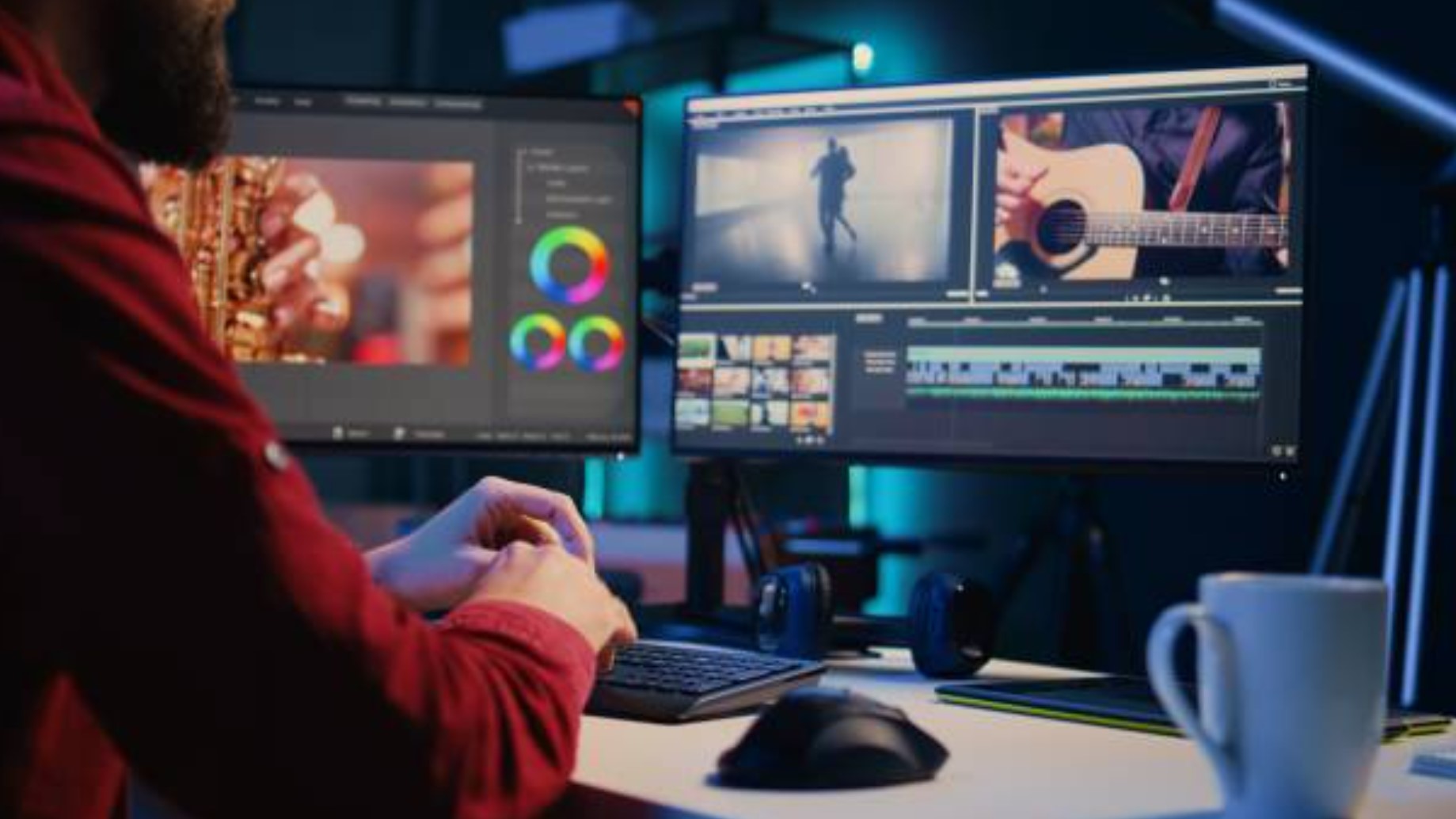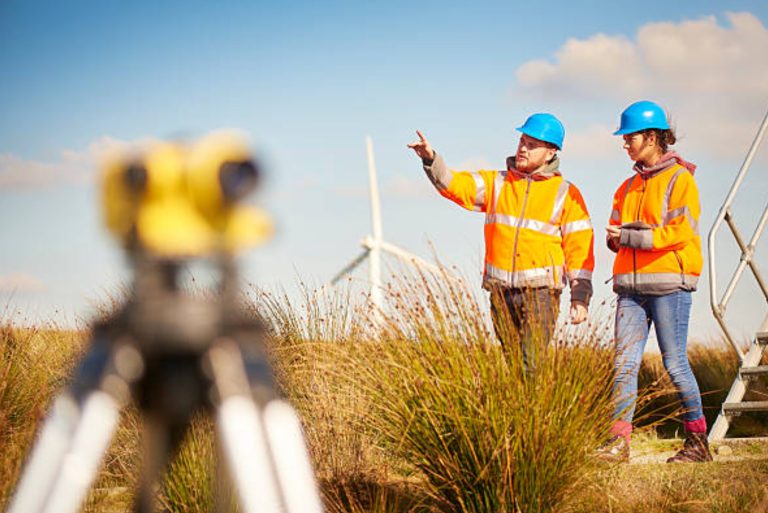Audio-Visual Technology: Journey Through the Origins
Audio visual innovation plays a vital part in our modern lives. From classrooms to professional workplaces and amusement scenes, general media systems improve communication and opportunities for growth. These systems consolidate sound and visuals to pass on data successfully making them an essential part of introductions events and media. We will explore underneath the basics of audio-visual innovation, patterns shaping the business, its history and advantages.
Elevating Understanding and Interaction of Audio-visual
Audio-visual innovation which envelops a wide range of equipment and system for example, projectors screens receivers speakers cameras and video conferencing systems have become essential across different fields offering accessibility and flexibility in content delivery. This innovation integrates both auditory and visual elements further developing learning in educational system by giving engaging content that catches students’ attention and upgrading communication in corporate system through immersive presentations and meetings. The rise of remote work has highlighted the need for powerful audio-visual solutions with video conferencing system enabling groups to team up consistently regardless of location. Furthermore, high level resolutions like 4K and 8K convey stunning detail, improving experiences while wireless audio visual solutions including receivers, speakers, and video transmission systems are progressively popular for their benefit and flexibility. For people with hearing disabilities, audio-visual innovations also develop accessibility through captions and subtitles guaranteeing basic information reaches all audiences.
Historical Overview of Multimedia Development
The underlying foundations of those innovation date back to the mid of 20th century. The development of the motion picture in the late eighties marked the start of visual storytelling. Soon after sound was coordinated into films leading to the formation of “talkies” during the 1920s. This innovation revolutionised entertainment and established the foundation for modern audio visual innovation. Over time progressions proceeded by science. The introduction of TV during the twentieth century brought the content into families around the world.
As innovation evolved, so did the techniques for creating and delivering the content. The change from simple to advanced innovation in the late twentieth century significantly further improved quality and accessibility. Today the multiplication of superior quality displays, encompass sound systems, and streaming features has changed how we consume the existing content. The rise of the internet has additionally sped up this change, considering on-request access to different audio-visual materials. Assuming that you are unsure about the best audio-visual solution for your necessities, consider counselling experts in the industry. Audio-visual business experts can give important experiences and suggestions in view of their expertise. They can assist you with exploring the complexities of it, guaranteeing you make right decisions.
The Growing Role of Technology in Modern Era
Multimedia innovation is used across different areas improving communication, training, and entertainment. In educational system multimedia innovation enhances educating and growth opportunities. Educators use projectors to show presentations, recordings, and intelligent content, making lessons really captivating. In the corporate world, multimedia innovation is fundamental for presentations, meetings and occasions. Companies use audio-visual systems to communicate thoughts effectively, ensuring that all members are engaged. From concerts to corporate occasions, audio-visual innovation plays a basic part in making memorable encounters. Event organizers use top notch sound and visual gear to enhance exhibitions and presentations. In the hospitality industry, innovation improves visitor experiences. Hotels and venues give the highest quality equipment for conferences, weddings, and occasions. Numerous hotels offer in-room theatre setups providing visitors with on-request access to multimedia content. Displays in lobbies and common areas give information about services and promotions, upgrading communication with visitors. Interactive screens can be used for visitor feedback, permitting hotels to gather knowledge and further develop services.






